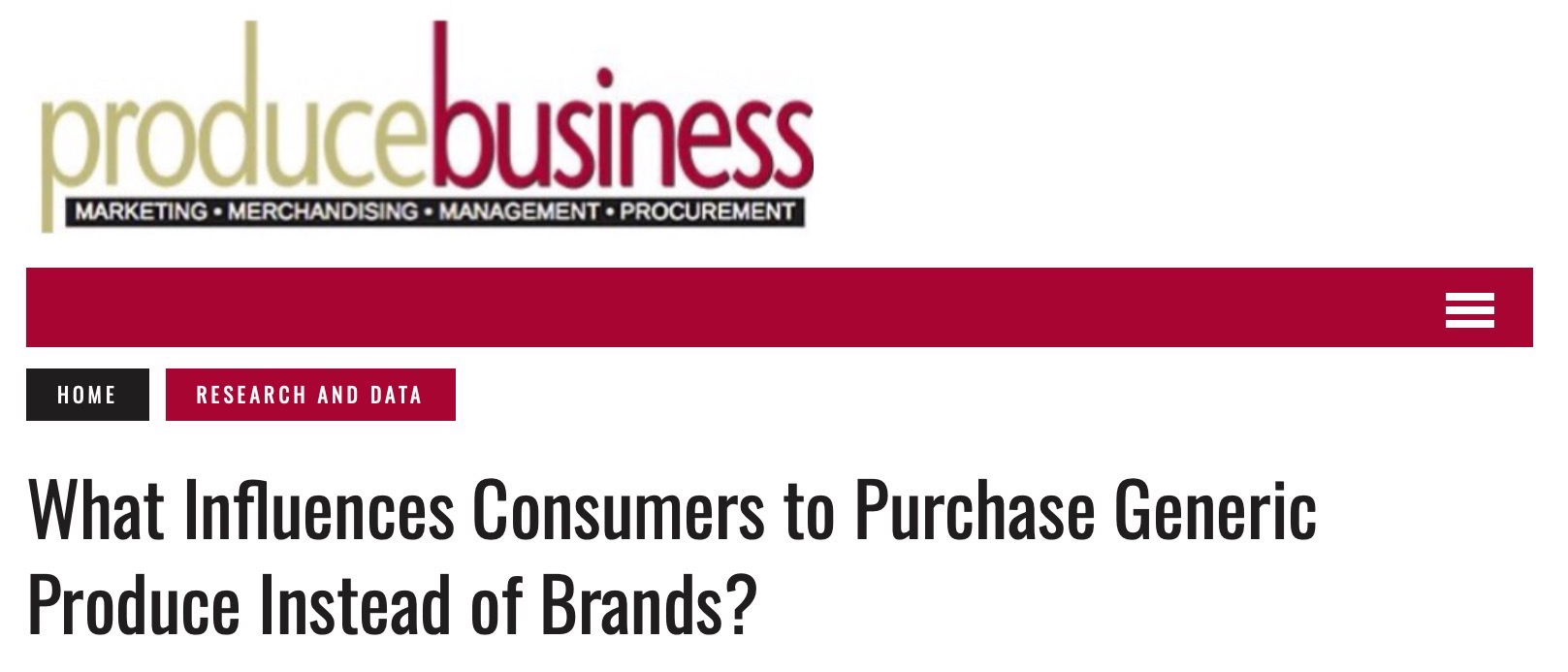Everyone loves the idea, but often decision-makers are hesitant to invest in market research early on. Why is market research needed? Picture your new business as a seesaw, delicately balanced on innovation, determination, and strategic decision-making. While securing funding marks a significant milestone in a startup’s journey, it’s merely the initial stride toward sustainable growth and long-term viability. Here, market research emerges as the linchpin, furnishing companies with a savvy roadmap to follow. Indeed, it can serve as the differentiator between success and failure.
1. Understanding the Landscape
Market research guides startups through the ever-evolving landscape of consumer preferences, market trends, and competitor strategies. It offers invaluable insights into the target audience’s needs, pain points, and purchasing behavior. For funded startups, comprehending these intricacies is crucial to marketing products or services to their target audience.
2. Validating Assumptions
Startups may fall prey to assumptions about their target market or the problem they want to solve. Market research acts as a reality check, enabling startups to validate their assumptions or be prompted to take their marketing plan in a different direction. By gathering data-driven evidence, funded startups can minimize the risks of launching products or services that fail to meet market demands, costing them serious money and time.
3. Identifying Opportunities and Threats
Funded startups operate in highly competitive environments, and there is always a rush to be first to market. Larger companies may want to find ways to duplicate your innovations. Market research empowers startups to identify emerging opportunities before they become mainstream trends, giving them a competitive edge. Similarly, it enables startups to anticipate potential threats posed by competitors or market shifts, allowing them to adapt their strategies proactively.
4. Understanding Customer Insights
Market research gives startups a deeper understanding of their target audience, enabling them to tailor their offerings to meet customers’ evolving needs and preferences. Funded startups can cultivate relationships with their prospects by soliciting feedback, analyzing consumer behavior, and tracking market trends.
5. Informing Strategic Decision-Making
In the fast-paced world of startups, decisions must be made swiftly and decisively. However, without reliable data and insights, these decisions may be misguided or based on gut feelings rather than facts. Market research equips startups with the information they need to make informed strategic decisions, whether entering new markets, expanding product lines, or pivoting their business model.
6. ROI on Investments
Funding is not infinite, and the investment dollars can dry up. That’s why every dollar invested needs to maximize returns. Market research helps funded startups allocate their resources more effectively by directing investments toward initiatives with the highest potential for success. The resources that are directed towards research will receive a higher return on investment then if they carried out marketing initiatives blindly.
.
Final Thoughts…
So, to those who are still hesitant to invest in market research early on, remember this: in the realm of startups, where risks loom large and resources are scarce, market research isn’t a luxury—it’s a necessity. It’s the lifeline that transforms lofty aspirations into tangible realities and ensures that every dollar invested yields maximum returns.














